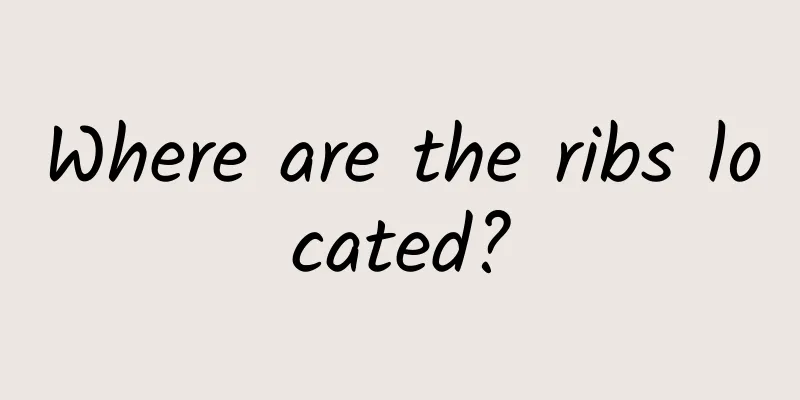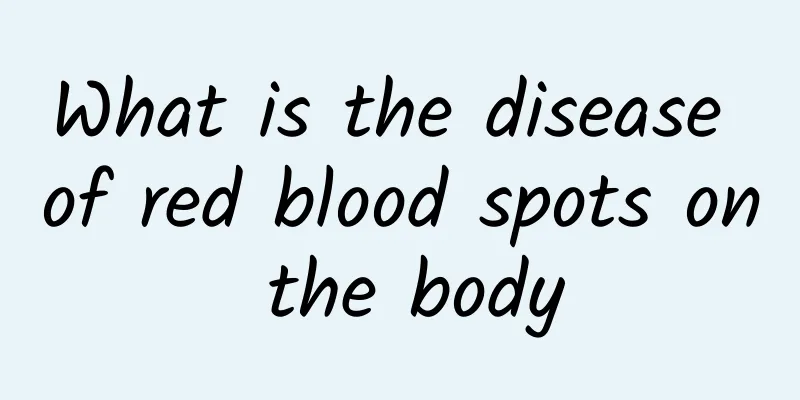Where are the ribs located?

|
There are 12 pairs of ribs in the human body. The ribs present a relatively natural arc shape. The main function of the ribs is to protect the internal organs and other organs. At the same time, the ribs are also relatively fragile and we need to protect them as much as possible in our lives. The development of the ribs is also a relatively slow process. When children are young, their ribs are relatively soft, and many children often have rib valgus. For the health of the ribs, you should pay attention to supplementing calcium in your diet. Where are the ribs? The human body has 12 pairs of ribs, which are symmetrical on both sides. The back end is jointed with the thoracic vertebrae, and only the 1st to 7th ribs are connected to the sternum by cartilage at the front end, which are called true ribs; the 8th to 12th ribs are called false ribs, among which the 8th to 10th ribs are connected to the cartilage of the upper rib by costal cartilage to form a costal arch, and the front end of the 11th and 12th ribs are free, also called floating ribs.The function of the ribs is to protect the internal organs. The human internal organs are all very important organs, but they are very easy to be damaged, which is life-threatening. The ribs protect them. The ribs are slightly enlarged at the rear end, which is called the costal head. The articular surface forms a joint with the costal recess of the thoracic vertebrae. From the rib head, it becomes thinner towards the back, which is called the costal neck. It then flattens outward to become the rib body. The posterior protrusion at the junction of the neck and the body is called the costal tubercle. The articular surface is articulated with the costal recess of the transverse process of the thoracic vertebrae. The turning point where the rib turns outward and forward is called the costal angle, and there is a costal groove on the lower edge of the rib body through which nerves and blood vessels pass. The front end of the rib is rough and connected to the costal cartilage. The costal cartilage is hyaline cartilage and is articulated with the lateral edge of the sternum. There are two reasons for rib valgus: one is simple rib developmental deformity; the other is caused by rickets. The vast majority of children's rib valgus is caused by rickets. It is recommended to take the child to the hospital and ask the doctor to confirm the child’s condition. Is it rib valgus? Are there other clinical signs of rickets? Then we need to test the blood calcium and diagnose whether the child has rickets based on the comprehensive situation. If rickets is confirmed, treatment is required, and the amount of calcium and vitamin D supplementation should be determined based on the results of laboratory tests. At the same time, pay attention to helping your child do chest expansion exercises, which can help improve chest deformity caused by rickets. |
<<: Where is the tiger's mouth?
>>: What calcium tablets are good for teeth grinding?
Recommend
What to do about arteriosclerosis
Arteriosclerosis is the culprit of many cardiovas...
Can the bone line still grow after it closes?
Many people have the dream of growing taller. Tal...
What should I do if my uterus falls out?
If women do not pay attention in life, it is easy...
The more you touch this part of a woman, the healthier she becomes.
Women are always a hot topic. How many people hav...
High immature granulocyte ratio
When the percentage of immature cells increases in...
How to quickly relieve cervical spondylosis
When cervical spondylosis occurs, patients feel p...
Will there be scars after canthoplasty surgery?
When it comes to changing one's face, I belie...
What to do if a man has dull pain on the left side of his bladder
If a man experiences dull pain on the left side o...
What is the function of complex amino acid protein powder?
The reason why we humans stand at the top of the ...
Where to apply acupuncture for hiccups
Hiccups are something that everyone will encounte...
What foods should I stop eating when I have diarrhea? What should I pay attention to in my diet?
The main reason for diarrhea is our unhygienic di...
Lower back pain during ejaculation
Sex life is wonderful, but many people cannot enj...
Can a man with a fast heart rate have sex?
The incidence of heart disease in our country is ...
What are the effects of Bodhi fruit?
Bodhi fruit has a good effect in inhibiting bacte...
What is gastric nodule?
Gastric nodules are a disease caused by gastritis...









